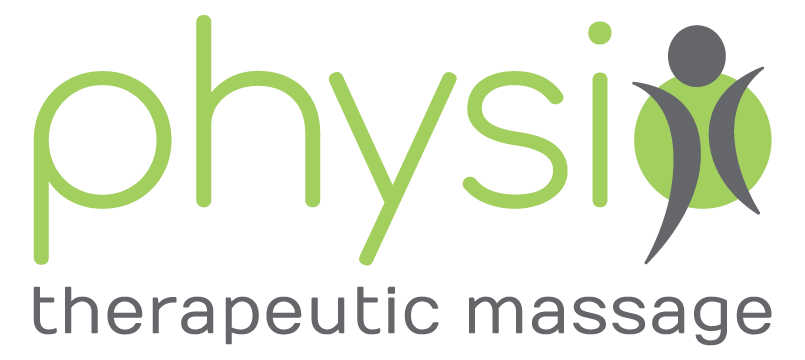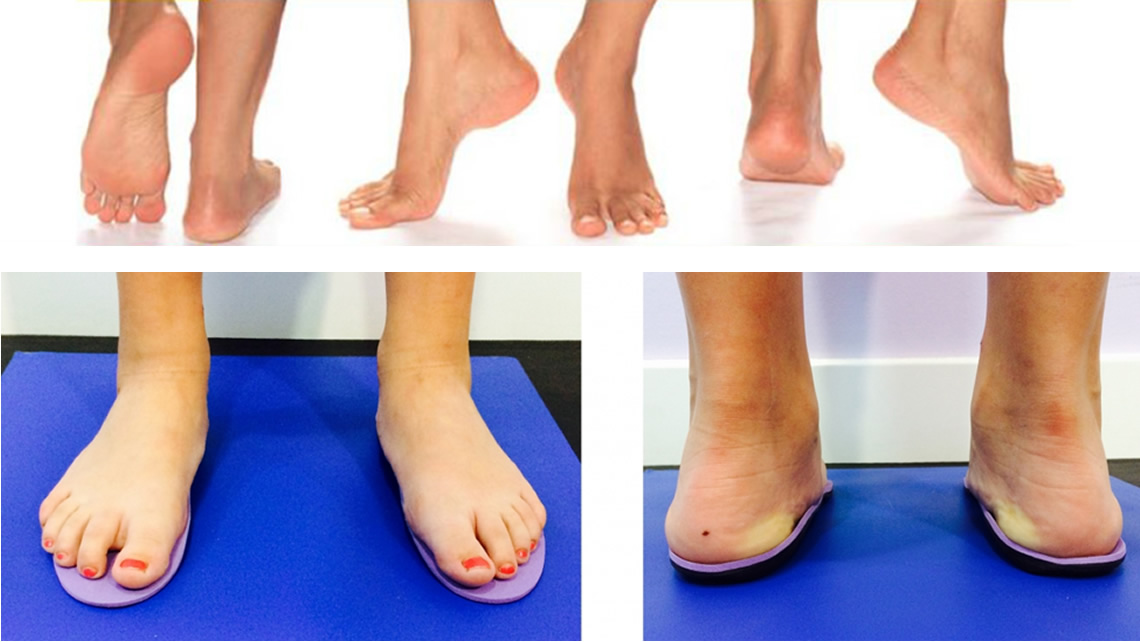Can scoliosis be corrected or has no cure?
When to wear a corset and for how long?
When is scoliosis necessary? These and other questions I answer in this article.
To begin, I want to clarify some terms about the deviations of the column more frequent and that are usually those that I see in the consultation of Traumatology, especially in adolescents between 12 and 18 years.
Scoliosis is a deviation of the spine at any level in the frontal plane.
That is one that is seen seeing the patient in front or on an anteroposterior radiograph.
Scoliosis can be accompanied by kyphosis.
It is a deformation of the spine in which seeing the patient from the side, it is seen that the spine bends forward abnormally.
Why does scoliosis occur?
In most cases, these deviations of the spine occur in totally healthy people.
These are called idiopathic scoliosis (a medical term meaning that the origin of a disease is unknown).
In other cases, scoliosis can occur by vertebral fractures, congenital deformities, tumors or bone diseases among others, but these cases are rarer.
The age of onset of idiopathic scoliosis can be very variable:
- Congenital: is the one that is already present from birth.
- Infantile: it develops in the first years of life.
- Juvenile appears during preadolescence.
- Of the adolescent: it develops in the time of the lug, and it is in which I am going to center this article to be the most frequent one.
- Of the adult: it appears in older adults or as worsening of a previous scoliosis fruit of the aging of the column.
If there is a history of scoliosis in my family, am I at greater risk of having it?
Yes. Although it is not a mathematical probability, nor has scoliosis been found to be associated with any gene.
But it is true that a certain family tendency has been observed in this problem.
How is scoliosis detected?
This deviation from the spine is usually detected by the pediatrician or parents when they appreciate that the child has one shoulder higher than another or that leaves a little hump when crouching.
"Scoliosis usually has no symptoms, but sometimes it can cause back pain when doing some activities. It is important that you go to your traumatologist to check you."
In the consultation, after exploring my patient, I ask for a telerradiografía that allows you to see your entire column in 2 projections and with him standing to see the actual appearance of his column.
Depending on the degree of deviation you have and whether the deviation disappears or not when lying down, I indicate one or the other treatment.
What is the treatment to correct scoliosis?
The first thing I have to tell you is that scoliosis is difficult to correct.
All people with this problem have a risk of increased deviation of their spine over time no matter how small.
There is a particularly dangerous period for a curve that at first was not of great importance to become an important curve that has to be treated with a corset or surgery.
It is the so-called time of the lug in which the length of the column and the rest of bones increases significantly.
In the girls, there is a very clear reference that is the appearance of their first period (menarquía).
The year before this phenomenon is the period of more risk of progression of scoliosis.
In the case of the boys, it is more variable and is usually something later than the girls.
When the skeleton is already mature and will not grow more risk of increased scoliosis is already very low.
"For adolescents with scoliosis who are not going to need a specific treatment, I recommend exercises that strengthen the muscles of the back, such as gymnastics or swimming, to avoid further deviance."
In any case, it is important for the traumatologist to periodically follow up with the child until his or her growth finishes.
Another time in which you can progress a curve that you had since you were young is from 50 years.
With the aging of the skeleton, a column that was already twisted can begin to twist more.
It is what has been called degenerative scoliosis of the adult, and is more frequent in people with deviation in the lumbar zone.
When should we wear a corset to treat scoliosis?
Of course, the decision should be taken by your traumatologist after measuring the curve and according to the moment of development in which you are.
Generally with a curve of more than 25 degrees before the time of the lug would have to place a corset, which you should carry all day except for your cleanliness.
It is very important that both the child and his or her parents be made aware of compliance with the treatment.
"I also want to clarify that the corset serves to stop the progression of the deviation but not to disappear."
There are different types of corsets depending on the location of the deviation and must be custom-made by an orthopedic technician.
This treatment is a psychological problem for the patient to be in an era in which the personal image is highly important and can sometimes be mocked in the school environment.
That is why it is important the support of the parents in this sense and convince him that is the best for him.
When is adolescent scoliosis recommended?
I recommend that you consult an orthopedist expert in surgery of column if the curve reaches the 35-40 degrees, well if it is detected in the first consultation or is the result of the failure of treatment with a corset.
It is a very serious surgery, and you must perform an expert surgical team in the treatment of spinal deformities.
Is operating scoliosis that does not hurt a cosmetic surgery?
Absolutely.
A column deformity of 40 degrees or more is likely to affect cardiac and lung function in the future.
In addition to being also a source of many pains when that column is older, since it will grow worse.






